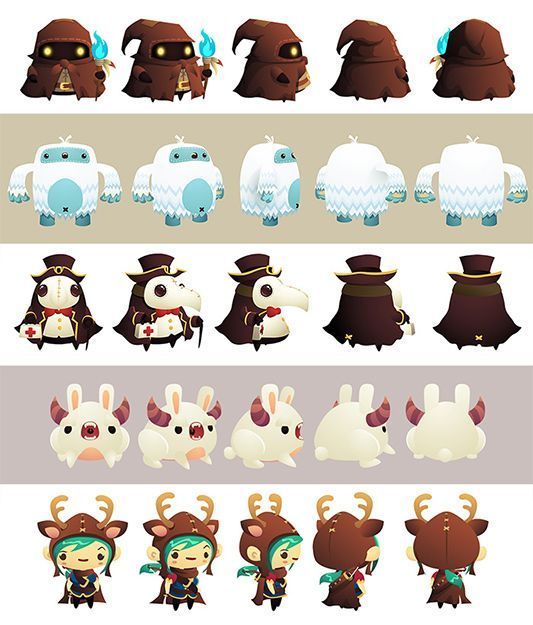
Symbolism plays a crucial role in the emotional impact of game design. From the colors used in the game world to the metaphors embedded in the story, symbolism can evoke powerful emotions and create a deep connection with players. In this server hosting cloud article, we will explore how symbolism drives emotional game design and enhances the player’s experience.
One of the most common uses of symbolism in game design is through the use of color. Different colors have different psychological associations, and game designers often use this to their advantage to evoke specific emotions in players. For example, the color red is often associated with danger and excitement, while blue is calming and serene. By carefully selecting the color palette for a game, designers can create a mood that enhances the narrative and gameplay experience.

In the critically acclaimed game “Journey,” for example, the use of color is a central part of the emotional experience. The game starts in a vast desert landscape bathed in warm, golden hues, evoking a sense of wonder and adventure. As players progress through the game, the color palette shifts subtly, reflecting the changing emotional journey of the protagonist. By paying close attention to color symbolism, the developers were able to create a visually stunning game that resonated with players on a deep emotional level.
Symbolism is not limited to color, however. Game designers often use symbolic objects, characters, and settings to convey deeper meanings and emotions. These symbols can act as metaphorical anchors for the player, guiding them through the story and creating a sense of cohesion and meaning. In the game “Bioshock Infinite,” for example, the floating city of Columbia serves as a potent symbol of American exceptionalism and the dangers of unchecked power. The city’s idyllic facade masks a dark underbelly of violence and oppression, creating a powerful commentary on the nature of society and government.

Characters can also be powerful symbols in game design. By imbuing characters with specific traits and behaviors, designers can create archetypes that resonate with players on a subconscious level. Whether it’s the wise mentor figure, the plucky underdog, or the villainous antagonist, well-crafted characters can elicit strong emotional responses and drive the narrative forward. In the game “The Last of Us,” for example, the relationship between the grizzled survivor Joel and the young Ellie serves as the emotional heart of the story. Through their interactions and growth, players become emotionally invested in their journey, creating a powerful bond that drives the gameplay experience.
In addition to objects and characters, game designers can also use symbolic settings to enhance emotional storytelling. The environments in a game can be rich with symbolism, from abandoned ruins to lush forests to futuristic cities. These settings can convey themes of decay, growth, progress, and destruction, adding layers of meaning to the player’s experience. In the game “Shadow of the Colossus,” for example, the vast, desolate landscapes serve as a poignant backdrop to the protagonist’s quest to slay the titular colossi. The emptiness and isolation of the world reflect the protagonist’s own inner turmoil, creating a sense of melancholy and introspection that stays with players long after they have finished the game.
Overall, symbolism plays a vital role in emotional game design. By using color, objects, characters, and settings to convey deeper meanings and emotions, game designers can create immersive, engaging experiences that resonate with players on a profound level. Whether it’s through a carefully chosen color palette, a powerful symbol, or a richly detailed setting, symbolism can elevate a game from mere entertainment to a work of art that touches the heart and soul. In an age where games are increasingly recognized as a powerful medium for storytelling and expression, symbolism remains a potent tool for creating meaningful and emotional experiences that leave a lasting impact on players.
